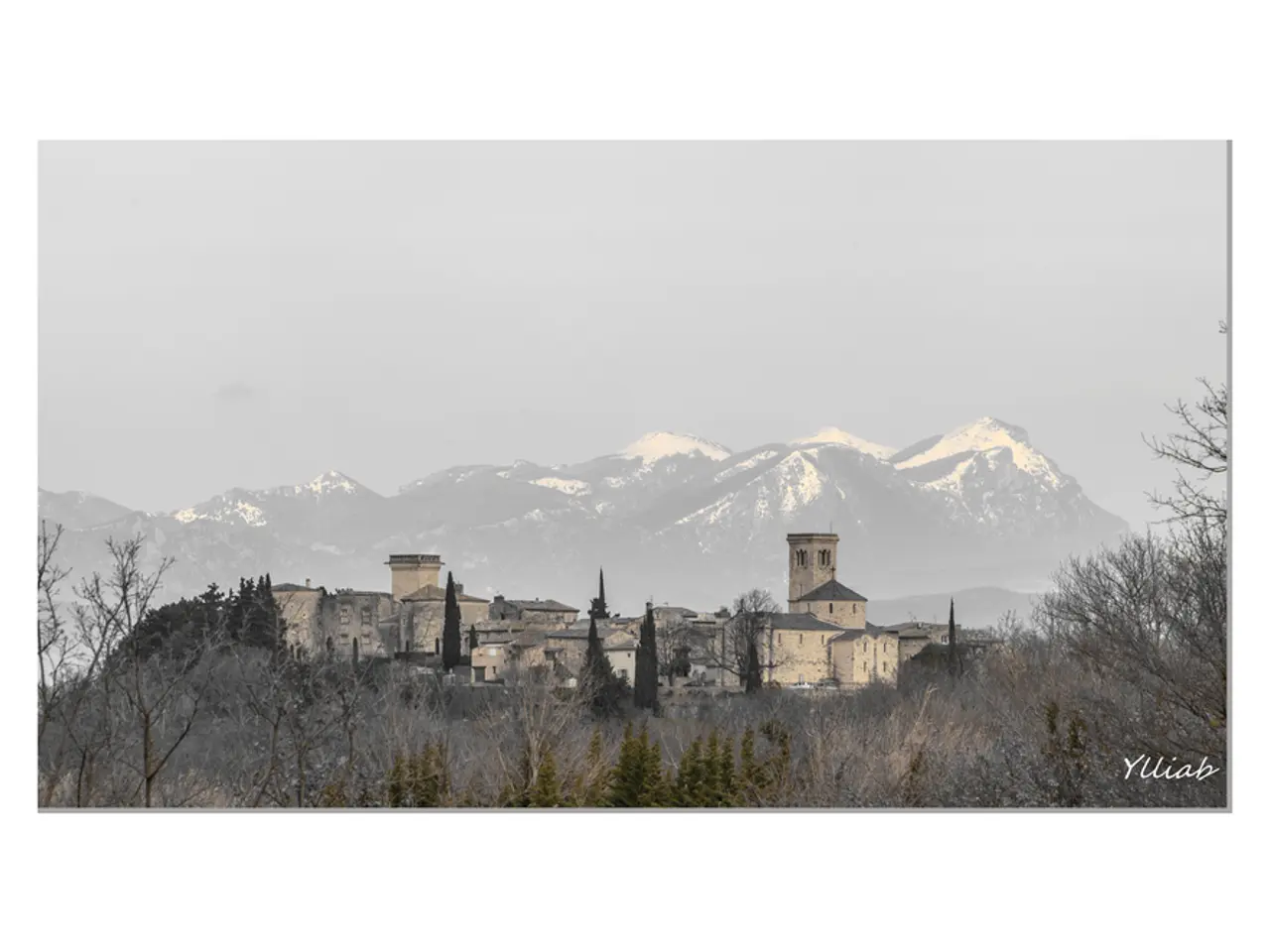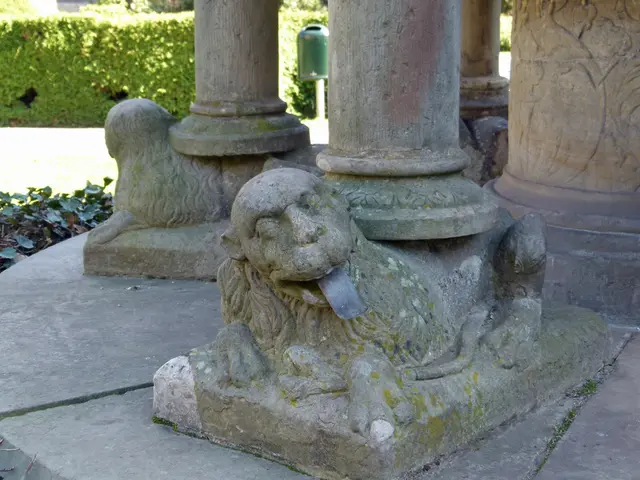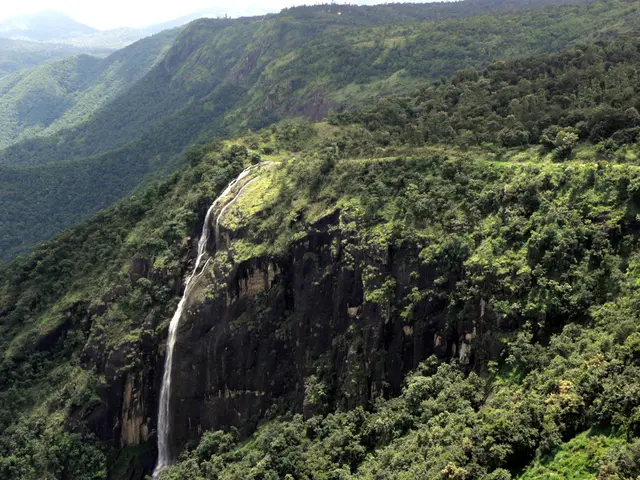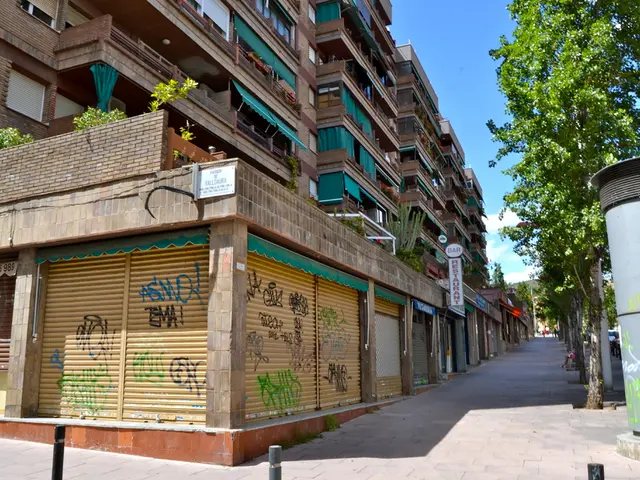Exploring Mythical Sites and Stunning Scenery Along the Northern Irish Coastline
Nestled along the dramatic cliffs of Northern Ireland lies the Causeway Coast, a breathtaking landscape that has captivated visitors for centuries. This region, steeped in history and mythology, is the backdrop for the legendary tale of Fionn Mac Cumhaill, a giant who built the awe-inspiring Giant's Causeway to challenge his Scottish rival, Benandonner.
Our guide for the day, Mark Rogers, a third-generation Causeway tour guide and an expert in the history and mythology of the area, shared the captivating story with us. As a seanchaí, or Irish storyteller, Mark's tales are as enchanting as the landscapes they describe.
The legend begins with Fionn, a giant who resides on the Causeway Coast, deciding to confront his adversary, Benandonner, who lives across the Irish Sea. Upon reaching the Giant's Causeway, Fionn is said to have built the path using the unique basalt columns, a result of an ancient volcanic eruption, according to geological explanations.
However, when Fionn catches a glimpse of Benandonner's immense size, he fears for his life and devises a plan to retreat. His wife, Oonagh, disguises Fionn as a baby and places him in a cradle. When Benandonner arrives, he takes one look at the "infant" and, assuming Fionn must be equally gigantic, flees back to Scotland in terror.
In his haste, Benandonner destroys the Causeway, leaving only the remnants that now form the famous basalt rock formations along the coast. The legend provides a fascinating explanation for the unique geological features of the Giant's Causeway while incorporating elements of Irish mythology and the exploits of Fionn Mac Cumhaill.
During the tour, we also visited other sites of historical and mythological significance. The Dark Hedges, a beech-lined road, played a part in the Game of Thrones series as the Kingsroad. The Carrick-A-Rede rope bridge, once used by salmon fishermen, offers stunning views of the Causeway Coast and Rathlin Island.
We also explored Mussenden Temple and Downhill Demesne, a ruined house and cliff-side library built by an eccentric Earl Bishop. Known for his flamboyant character, the Earl Bishop would scatter flour on the hallway floor after parties and had a string of mistresses.
Lastly, we visited Dunluce Castle, a crumbling ruin perched on a clifftop overlooking the Irish Sea. The MacQuillan clan built the castle, but it was seized by the MacDonnell clan in the 1550s. The castle is also associated with the tragic tale of Maeve McQuillan, the Banshee of Dunluce, who disobeyed her father and ran away with a lover, resulting in their tragic drowning.
As we traversed the Causeway Coast, it was clear that each site held a story waiting to be told, a testament to the rich history and mythology that permeates this enchanting region. With Mark's engaging storytelling and the stunning landscapes as our backdrop, it was an unforgettable journey through time and legend.
experiencingthe captivating photography opportunities along the Causeway Coast proved to be delightful, as the landscapes were perfectly suited for travelers looking to enhance their lifestyles through unique imagery;
Mark Rogers, a local guide with a passion for entertainment and storytelling, made our travel experience exceptional by sharing tales of Fionn Mac Cumhaill and his legendary exploits;
Despite the ominous history and mythological tales that surround the Causeway Coast, modern travelers can still indulge in pleasurable activities, such as crossing the Carrick-A-Rede rope bridge for breathtaking views and venturing into the eccentric confines of Downhill Demesne.




